Muscle spasms are sudden, involuntary contractions of a muscle or group of muscles. These contractions can be painful and are often described as a tightening or cramping sensation. Understanding muscle spasms is crucial for managing them effectively, especially if they are frequent or severe. In this blog post, we will explore what muscle spasms are, their causes, common treatments, potential side effects, and the different types of muscle spasms.
What Are Muscle Spasms?
Muscle spasms, also known as muscle cramps, occur when a muscle contracts involuntarily and cannot relax. This sudden tightening can cause intense pain and discomfort. Muscle spasms can affect any muscle in the body but are most commonly experienced in the legs, arms, and back.
Causes of Muscle Spasms
- Dehydration: Lack of sufficient water intake can lead to muscle spasms.
- Electrolyte Imbalance: Low levels of electrolytes such as potassium, magnesium, and calcium can trigger spasms.
- Overuse or Fatigue: Overworking a muscle without adequate rest can cause it to spasm.
- Poor Blood Circulation: Reduced blood flow to muscles can lead to cramps.
- Medications: Some medications have muscle spasms as a side effect.
- Medical Conditions: Conditions like multiple sclerosis, spinal cord injury, and diabetes can cause muscle spasms.
Uses and Treatments for Muscle Spasms
Managing muscle spasms effectively involves a combination of lifestyle changes, home remedies, and medical treatments.
Home Remedies
- Hydration: Drinking plenty of water can help prevent dehydration-related spasms.
- Stretching: Gentle stretching exercises can help relax the muscles.
- Heat Therapy: Applying a warm towel or heating pad can soothe tight muscles.
- Cold Therapy: Using ice packs can reduce inflammation and numb the pain.
Medical Treatments
- Medications: Over-the-counter pain relievers and anti-inflammatory drugs can help alleviate pain and inflammation.
- Muscle Relaxants: Medications such as cyclobenzaprine and methocarbamol can help relax muscles.
- Physical Therapy: A physical therapist can provide exercises and techniques to strengthen and stretch muscles.
- Electrolyte Supplements: Supplements may be prescribed if an electrolyte imbalance is detected.
Side Effects of Treatments
While treatments can be effective, they can also have side effects.
Medications
- Pain Relievers: Long-term use can lead to gastrointestinal issues and dependency.
- Muscle Relaxants: These can cause drowsiness, dizziness, and dry mouth.
Physical Therapy
- Soreness: Initially, physical therapy may cause muscle soreness.
- Fatigue: Intense physical therapy sessions can lead to temporary fatigue.
Types of Muscle Spasms
Muscle spasms can be classified based on their location and cause.
Skeletal Muscle Spasms
These spasms affect the muscles attached to bones and are commonly caused by overuse, dehydration, or electrolyte imbalance.
Smooth Muscle Spasms
These occur in the muscles of internal organs such as the intestines and can be related to conditions like irritable bowel syndrome (IBS).
Dystonic Spasms
These are caused by a malfunction in the brain’s ability to control muscle movements and are often seen in conditions like Parkinson’s disease.
Preventing Muscle Spasms
Prevention is always better than cure. Here are some tips to help prevent muscle spasms:
- Stay Hydrated: Drink adequate amounts of water daily.
- Maintain Electrolyte Balance: Ensure your diet includes foods rich in potassium, magnesium, and calcium.
- Exercise Regularly: Regular physical activity can improve muscle health and prevent spasms.
- Warm Up and Cool Down: Always stretch before and after exercise.
- Wear Proper Footwear: Supportive shoes can help reduce the risk of leg and foot spasms.
Conclusion
Muscle spasms, though common, can be effectively managed and prevented with the right knowledge and care. By understanding the causes, exploring various treatments, being aware of potential side effects, and adopting preventive measures, you can reduce the frequency and severity of muscle spasms. At Norexmeds, we offer a range of products to help you manage muscle spasms and maintain optimal muscle health. Visit our website to explore our selection and find the right solution for your needs.
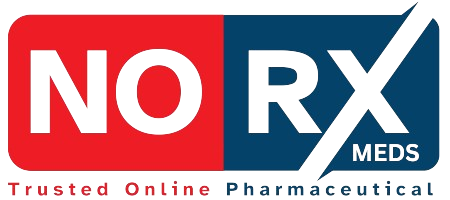
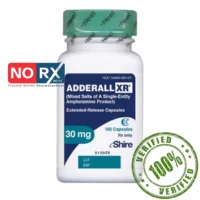
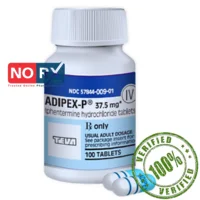
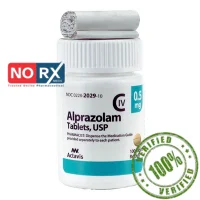
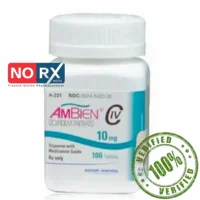
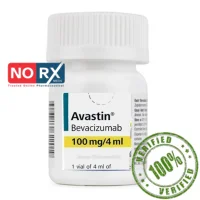

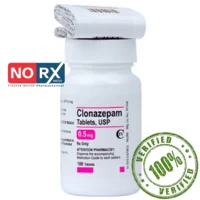

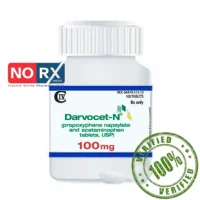
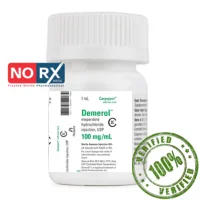
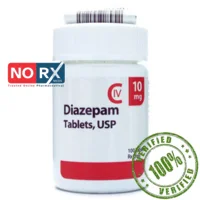
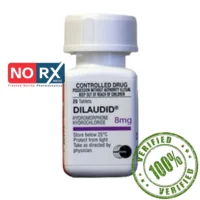
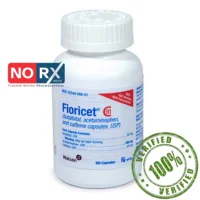
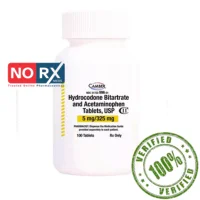
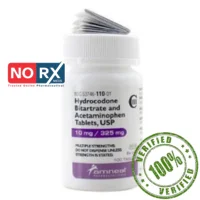
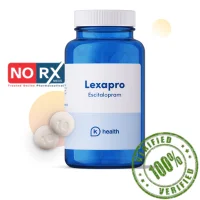
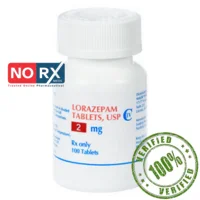
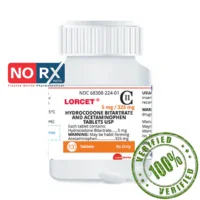
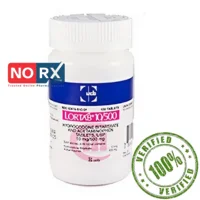
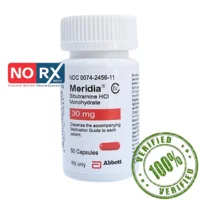
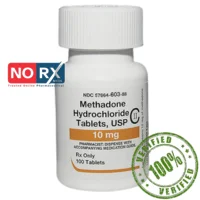
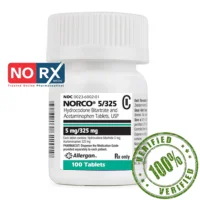
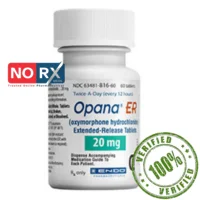
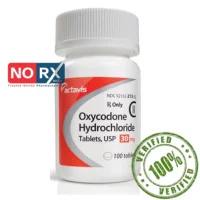
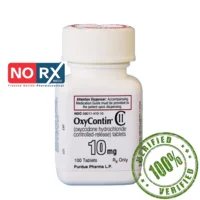
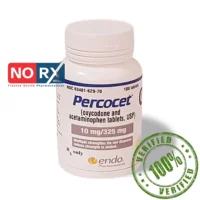
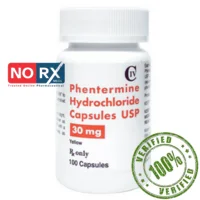
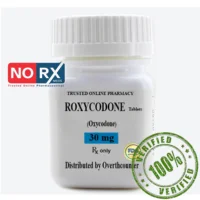

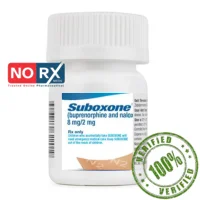
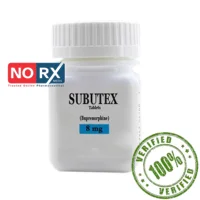
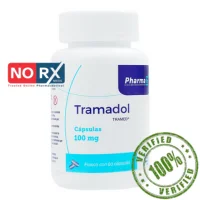
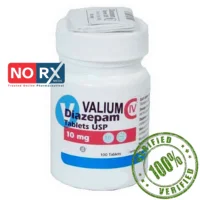
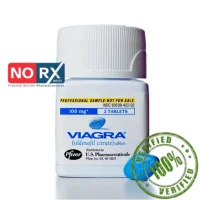


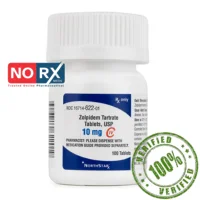
Leave a Reply